Anthony Albanese and Jim Chalmers pushed to extend fuel excise cut amid new cost of living research
Jessica Hatoum would love to have another child, but the rapidly rising cost of living may make that a financial impossibility. Is your suburb an inflation pinch point?
NSW
Don't miss out on the headlines from NSW. Followed categories will be added to My News.
Jessica Hatoum would love to have another child, but the rapidly rising cost of living may make that a financial impossibility.
Along with her concreter husband, the Blackett mother of two is enduring a doubling in the price of childcare.
They have two cars, so the surging cost of petrol is hitting hard.
One is on finance, so spiralling interest rates are adding more pain.
As we talk in the carpark of Aldi Mt Druitt, Ms Hatoum explains that she does whatever she can to keep food bills in check, for example, by buying meat in bulk.
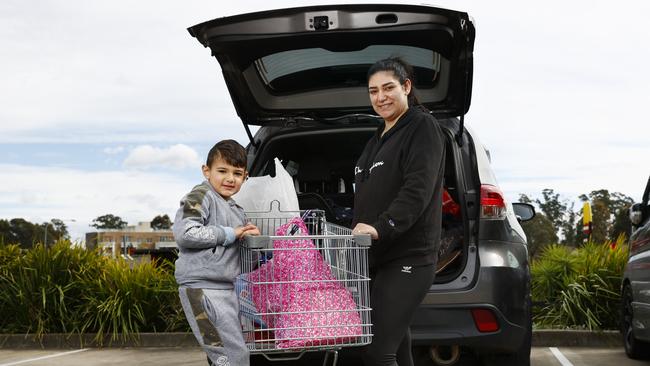
She shakes her head when discussing the price of fresh food, such as strawberries and lettuce.
“But you can’t say no to the kids, can you?” she remarks.
After fuel, food is the second biggest factor in the discrepancy between living cost pressures in outer and inner suburban Sydney. This is because food is a larger share of overall expenditure in outer suburbs.
Ms Hatoum’s older son, Jacob, 4, will start school next year. She would like to send him to a Catholic school where the annual fees will be $2000.
Already her husband is taking as much overtime as he can to help supplement their income.
The couple has been discussing the prospect of having a third child but the concern is that doing so is “too expensive” given how quickly living costs are escalating.
SUBURBS FEELING COST OF LIVING PAIN REVEALED
The Albanese government faces growing pressure to extend fuel tax relief as the cost of living crisis hits harder in the political battleground of outer suburban Sydney, mainly because of petrol prices, according to research.
New location-based inflation analysis by the Australian National University for The Daily Telegraph shows the least pain — not just in Sydney, but in any metro area in the nation — is in electorates that voted in ‘teals’ Allegra Spender in the east and Kylea Tink in North Sydney, as well as inner city patches represented by the PM and environment minister Tanya Plibersek.
By contrast, the price rise sting is most intense in areas including St Marys, in the bellwether electorate of Lindsay, as well as Fairfield in the seat of Fowler which Labor lost to independent Dai Le at the May federal election.
The disproportionate blow in the outer suburbs is chiefly due to fast rising fuel expenses, according to the expert behind the analysis.
“Petrol would be the main driver of what we are seeing,” said ANU Centre for Social Research and Methods principal research fellow Ben Phillips. “It’s a larger share of their basket of goods and services.”
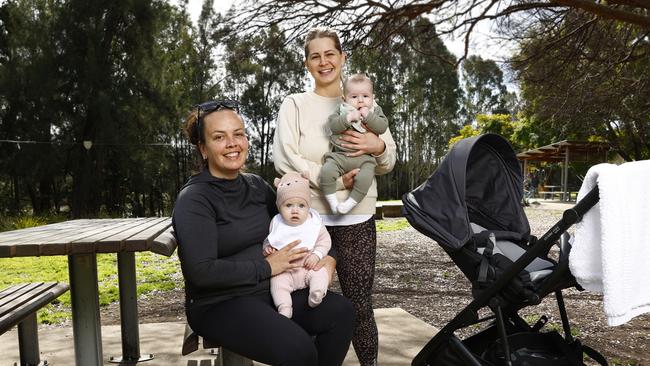
In Sydney, the price of fuel surged 29 per cent over the year to the end of June, even after allowing for the 24 cents a litre tax cut in March, which the Albanese government said it will let lapse next month.
Ms Le, who argued during her successful campaign that Western Sydney was enduring greater living cost pressures, told The Daily Telegraph that during a recent meeting with Anthony Albanese she asked the Prime Minister to consider extending the fuel excise cut.
“I said ‘it’s very important to alleviate cost of living pressures in the next six to 12 months’,” Ms Le said. “But Albo said ‘no’.”
Ms Le said she made the same request of Treasurer Jim Chalmers during another meeting but he said there was a hole in the budget and an extension cost too much.
“I think they are really disconnected,” Ms Le said.
One Nation senator Pauline Hanson said the government should extend the fuel excise cut for six months.
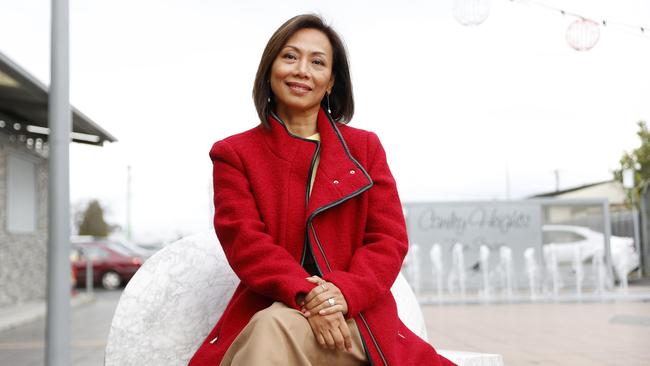
To cover the cost, which would be about $3 billion, Senator Hanson said Labor should ensure foreign-owned multinationals pay a “fair share of tax” on enormous profits from Australian resources. That would raise $30 billion, she added.
Ms Le said she would continue to apply pressure for an extension of the excise cut.
“I will be screaming for them to alleviate cost of living pressures for our families in Fowler and Western Sydney,” she said.
Mum Melissa Hodson said rising petrol and food prices were affecting her and people she knew.
“And it’s on top of all the extra costs we are paying as new parents,” Ms Hodson, of St Clair, said.
Her friend Stacey Ritchie said “everything is more expensive but our pay doesn’t change”.
Opposition treasury spokesman Angus Taylor, whose electorate of Hume covers Wollondilly, which is at the top of the pressure rankings, said “this is just the beginning”.
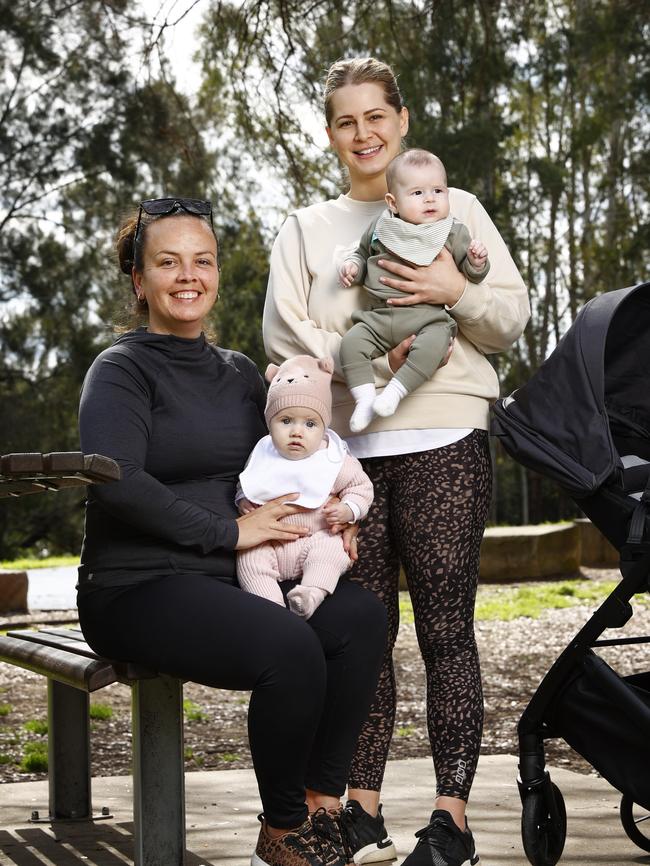
Energy price increases and interest rate rises were yet to be reflected in inflation data, Mr Taylor said.
The hip-pocket hits these would inflict would be heaviest in outer suburban and regional areas, he predicted.
“This is a huge deal for middle Australia and Labor does not want to talk about it because they don’t have any of the answers,” Mr Taylor said.
“It suggests they are not in touch with what is happening in the suburbs and the regions.”
Mr Chalmers would not answer questions. His office pointed to previous comments in which he suggested an excise cut extension could not be afforded due to rising debt servicing costs.
The analysis led by Mr Phillips takes the CPI figures and ABS living cost indexes for different household types then melds them with census data and CoreLogic home values to produce about 45 localised inflation rates across Sydney and surrounds.
“I’m not aware of it ever being done before in Australia,” said Mr Phillips. “It is quite unique.”
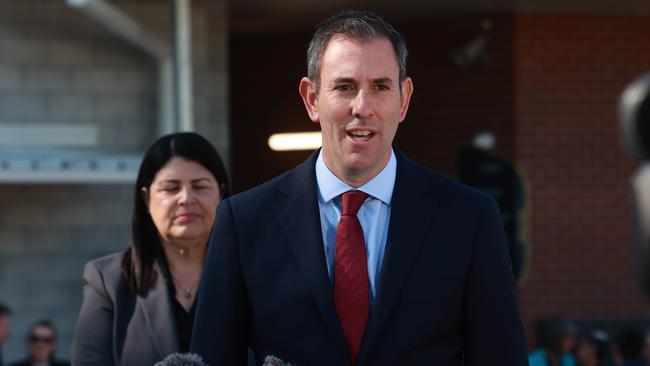
The results strip out the inflationary impact of increases in the price of building, which Mr Phillips said was one of the largest contributors to recent CPI highs because very few people build a home or do major renovations each year.
The ANU living cost analysis shows an increase of four per cent in Mt Druitt and St Marys in the past year – a third higher than in Sydney’s inner city, east and north.
Ms Le said: “I’m glad there is now scientific evidence and number-crunching to prove my point.”





